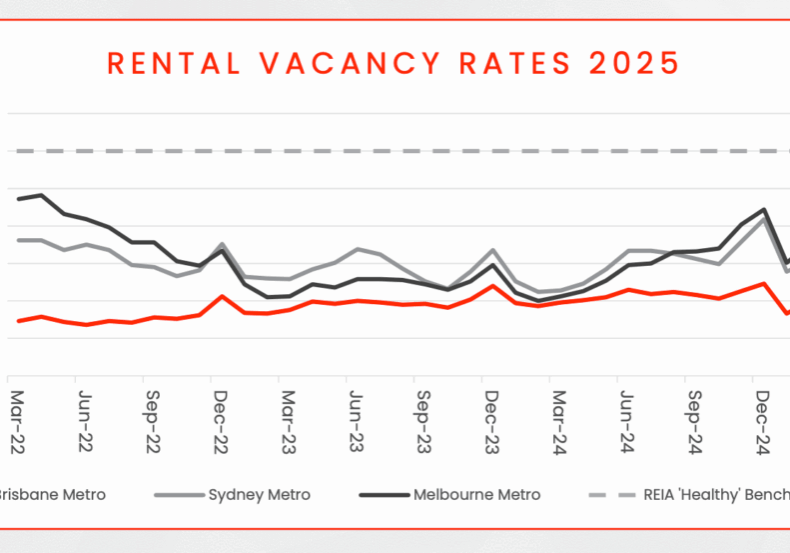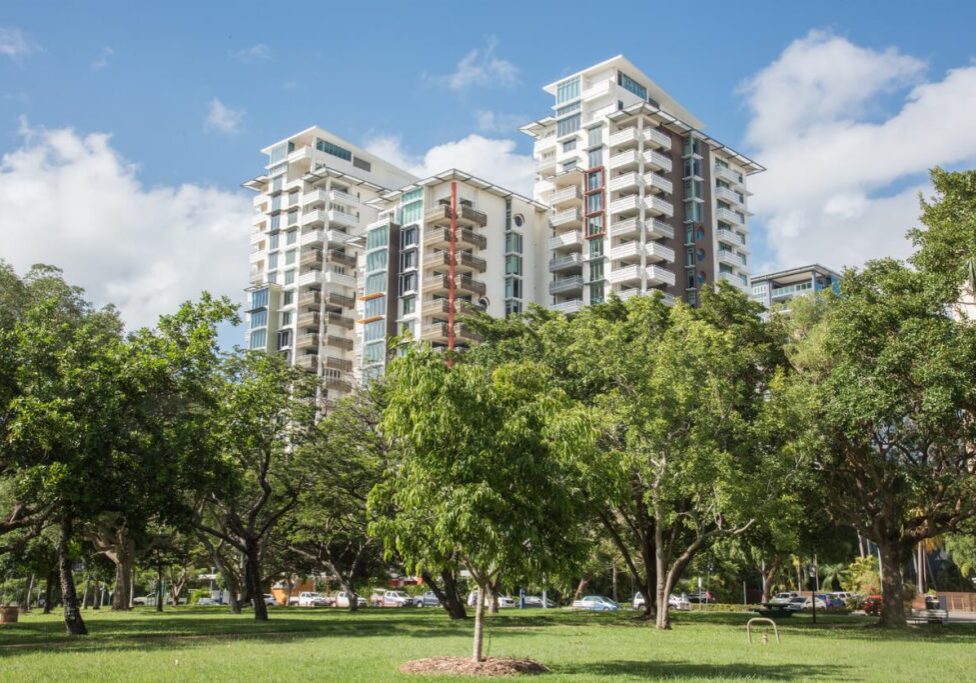The ultimate pre-move checklist

Moving to a new home can be extremely exciting. You will have a new neighbourhood to explore, and a new home to personalise and get to love. It can be great for those looking for a scenery change, enabling a fresh start with your new home. While moving is exciting, moving day itself, and the days leading up to it can be stressful. So, how do we not kill the buzz and excitement with moving day mayhem?
Planning your move beforehand gives you a head start and allows you to be prepared for the day itself, reducing rush and unnecessary stress. To help you plan, here is a 9 step checklist you should complete before you move home.
1. Set up your utilities
Ensuring your utilities are set up for when you arrive in your new home is important. You don’t want to be without water, electricity, or internet for an extended period of time. Fortunately, most of your accounts can be swapped over easily over the phone or online. If you already know your moving date it is a good idea to get into this early, so your provider has enough time to sort out all of the connections. Many rental agencies will also have a convenient and free transfer service that allows you to transfer everything over to your new home.
Now is also a good time to consider your water, electricity, and internet plans. Are they still suiting your needs, or is it time you made a switch to something that is a better fit?
2. Plan the moving day
Having a plan for the moving day itself will ensure everything goes along smoothly. It is important that this plan is comprehensive and covers all details. This is even if you are moving locally, interstate, or internationally.
Start booking your movers early so that you have the first pick for your date. Get a range of quotes so you can find an option that best suits your needs. You don’t necessarily want to go for the cheapest option here, choose a mover who you know will do a good job. A way to see this is to check their Google Reviews, if they have low reviews, they may not be very good.
Plan for what your family will be doing during the move, where they will be, and what their role is. Create a run sheet to keep everyone on track. Plan where your boxes are going, where everyone will sleep that night, and when you will eat, etc. This will also help with your packing, knowing what should be left towards the top of your boxes for easy access.
3. Complete the property condition report
When you receive the keys to your rental home you will also receive a property condition report for you to fill out. It is a good idea to complete this before you move all your furniture and boxes in. Look for any damage that the property manager may have missed. Be thorough and take photos. This will protect you when you want to move out from having to pay for damage that was already there before you moved in.
The report you complete should then be sent to your property manager within a couple of days. You will also likely need to note in the report any line items you agree or disagree with.
4. Organise your home
Now comes the time sort out the clutter in your home. Before you begin packing have a big spring clean. Get deep into all of your cupboards and wardrobes. Are there clothes you no longer need, toys your kids haven’t touched in years, or other old items you no longer need? Consider donating these to charity, or if they can’t be donated get rid of them. You want to slim down before a move in order to make the move as easy as possible.
5. Get cleaning
There is a lot of cleaning you can do before your furniture has moved out that will make the big clean later so much easier to complete. While you won’t be able to get to all the walls and floors yet, your focus should be elsewhere at this stage.
So, what can you start with now? De-dusting your fans, aircon filters, cabinets, and blinds are the perfect place to start. These spots are still easy to reach with furniture in place and will give you a big head start on future cleaning.
Another area to make a start on is your kitchen. Give your oven a clean-out, ensuring that it is clean for the next tenants to use. While there, clean out the rangehood and stovetop to remove any built-up grease.
6. Start packing
The packing process can take many weeks to complete, so it is important to begin 2-3 weeks before your move so you have the time to complete it. Start by gathering the materials you need. Packing boxes, tape, labels, and bubble wrap are all essential to your move.
When it comes to actually packing items, start with items you will not need. A good place to start is seasonal items, like Christmas decorations, and other items in your garage. These will likely not be needed any time soon. Any other good china plates or vases can be wrapped in bubble wrap and packed at this stage as well.
It may take longer than you expect to wrap up and secure many of your items. So, leave extra time to complete this.
7. Keep important items easily accessible
You want to ensure you will have access to your chargers, and tools when you arrive at your new home. Anything important to unpacking, assembling furniture, and getting to work/school the next day should be easily accessible.
Keep a separate box aside for essential items like bed linen, screwdrivers, Allen keys, and pet food. You should also create a list of the items you will need the next day so that these can be readily accessible when you need them. Other items you may need include clothes, cutlery, plates, cups, coffee, and more.
8. Check the moving conditions in your new home
Are you moving into an apartment? There may be some unique or specific conditions you need to meet. For example, you may only be allowed to move in on weekdays. Or you may be required to move in during specific times of the day. As well as this, there could be other body corporate rules which you need to follow on moving day. While many buildings or complexes follow similar rules, there may be some differences which you should know and plan around. Make sure you receive and read the body corporate rules and guidelines before you make your move.
9. Redirect your mail
The final thing you need to do is change your address. There are a variety of things that require your address to be updated. If you get your bills delivered, or have any subscriptions, you should get your address updated with those companies. A great thing to consider here is turning on paperless billing. This saves the hassle of you having to update and saves a trip to the letterbox.
You should also update your address on official documents. Your driver’s license and electoral roll should all be updated. For your driver’s license, they just send a sticker for you to cover your old address with. With the electoral roll, this should be updated as soon as possible to avoid you having to go to your old neighbourhood to vote.
If you are running short on time to update your address for post, consider looking into a mail redirect with Australia Post.
Conclusion
Moving home doesn’t have to be super stressful. If you take some time to plan your move, you can get all moving parts coordinated and have a relatively smooth move. Start by following these 9 tips and build on it more with extra planning to get your moving day going. For more advice check out our articles here.




